hi all, I’m dealing with a local wholesaler and he has sent me a few options to chose from. Based on all the info I’ve gotten from reading the forums I’ve singled out this one. Price is 5200usd. My budget is around 5000usd. Seems close to what I read to look for in a stone off researching and reading the forums. If anyone can let me no if this is worth considering. Any advice would be appreciated. Thank you.
http://www.agslab.com/pdf_sync_reports/104099776021-PLDQRH.PDF
http://www.agslab.com/pdf_sync_reports/104099776021-PLDQRH.PDF

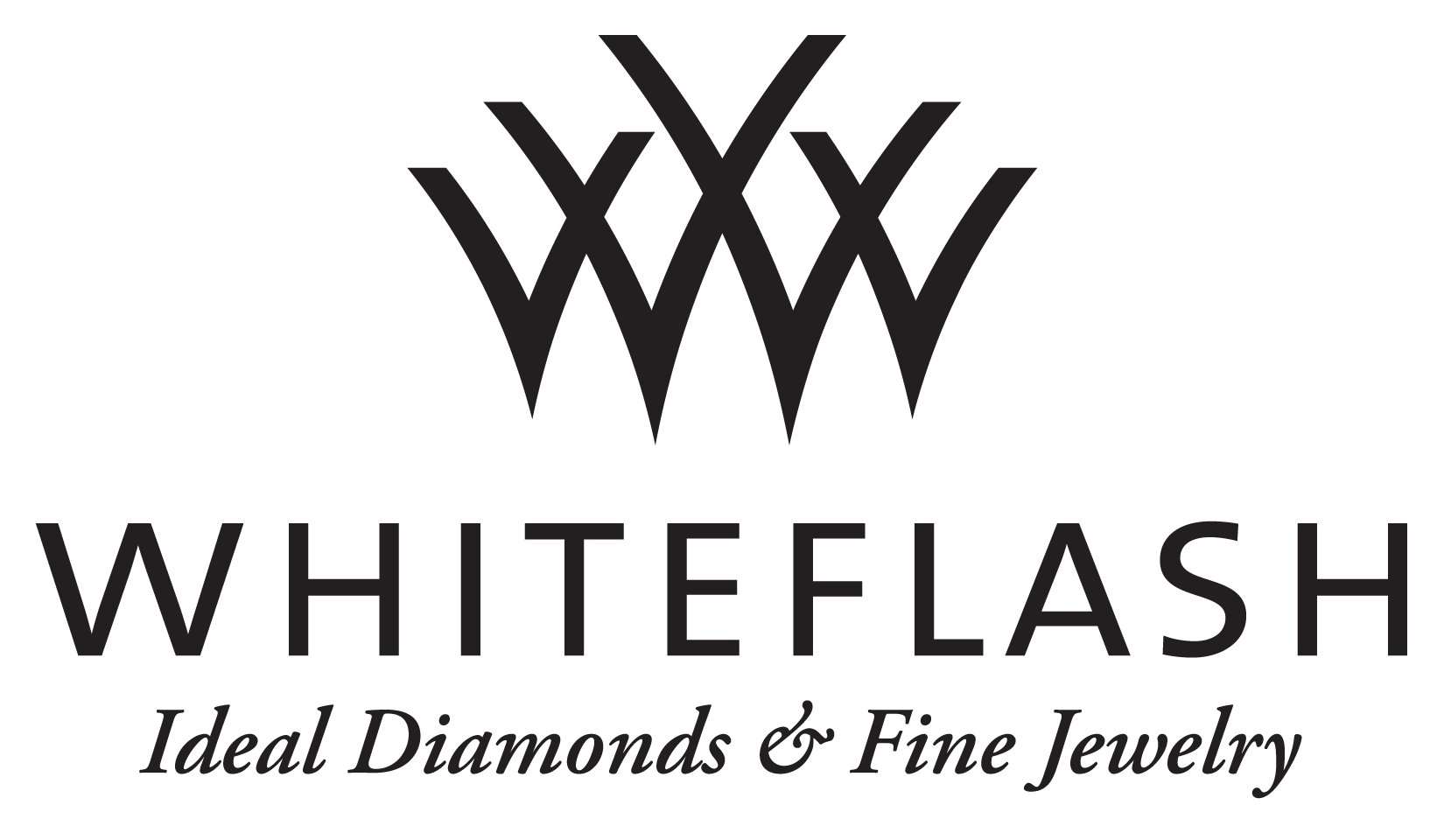
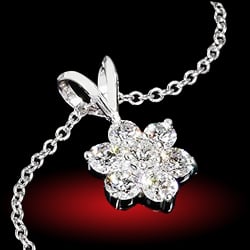
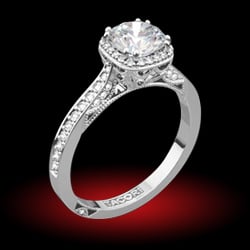
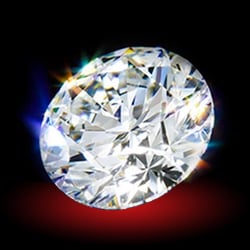

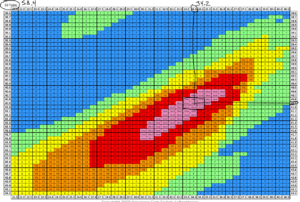
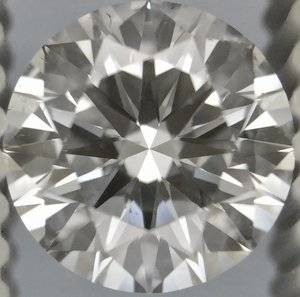


300x240.png)